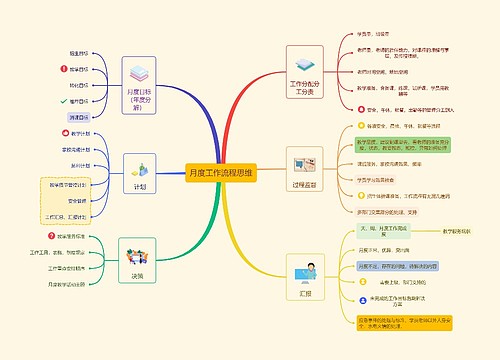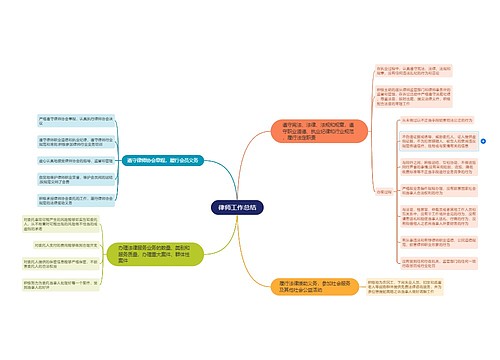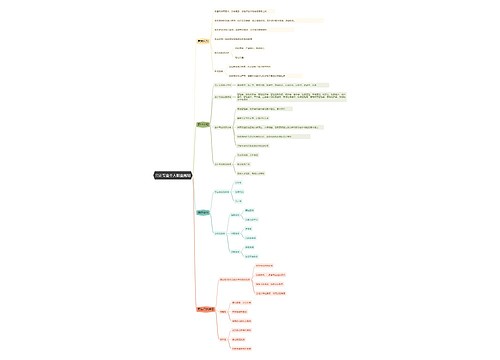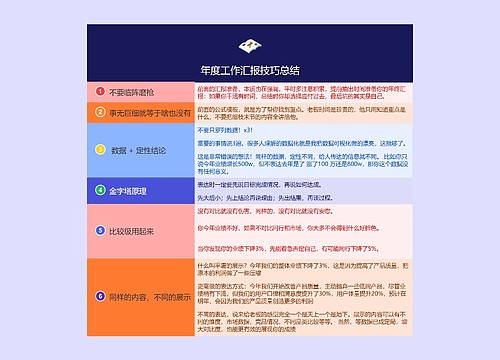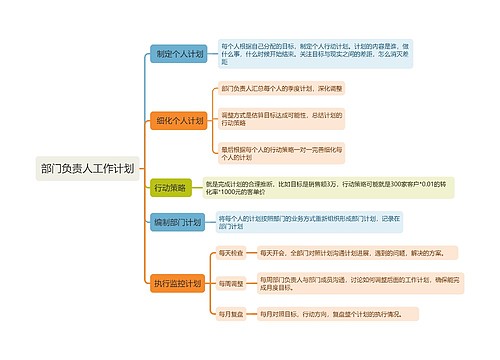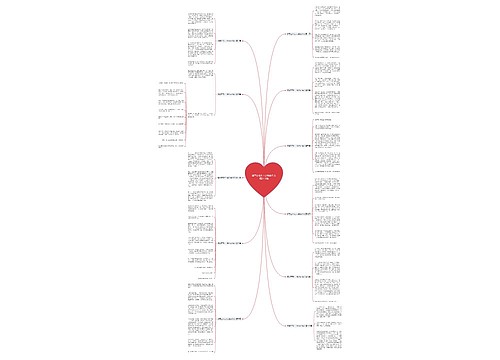The Humble ^v^'s Garden (or Zhuozheng Yuan) is one of four great Chinese gardens. At 51,950 m?? it is the largest garden in Suzhou and generally considered the finest garden in southern China. In 1997, Zhuozheng Yuan, along with other classical gardens of Suzhou was proclaimed a UNESCO World Heritage Site.
The garden's site was a scholar garden during the Tang Dynasty, and later a monastery garden for the Dahong Temple during the Yuan Dynasty. In 1513, during the Ming Dynasty reign of Emperor Zhengde, an administrator named Wang Xianchen appropriated the temple and converted it into a private villa with gardens, which were constructed by digging lakes and piling the resultant earth into artificial islands. The garden was designed in collaboration with the renowned Ming artist Wen Zhengming, and was as large as today's garden, with numerous trees and pavilions. The Wang family sold the garden several years later, and it has changed hands many times since.
The garden was split up in the later Ming dynasty, and it remained neglected until the Qing Dynasty reigns of Emperors Shunzhi and Kangxi, when the garden was extensively rebuilt with major modifications to its earlier plan. During Emperor Qianlong's reign the gardens were again divided into the Shu Yuan (Book of Study Garden) and the Fu Yuan (Restored Garden).
Today's garden is only very loosely related to its earliest version, but closely resembles its late Qing appearance, with numerous pavilions and bridges set among a maze of connected pools and islands. It consists of three major parts set about a large lake: the central part (Zhuozheng Yuan), the eastern part (once called Guitianyuanju, Dwelling Upon Return to the Countryside), and a western part (the Supplementary Garden). The house lies in the south of the garden.

 U249128194
U249128194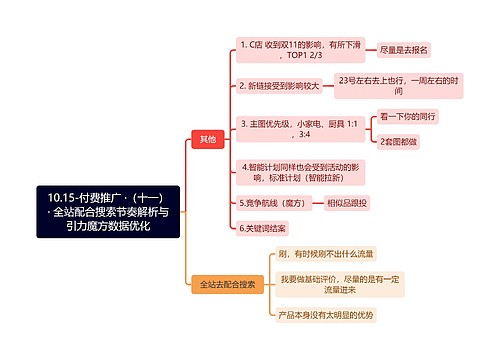
 U777967618
U777967618


